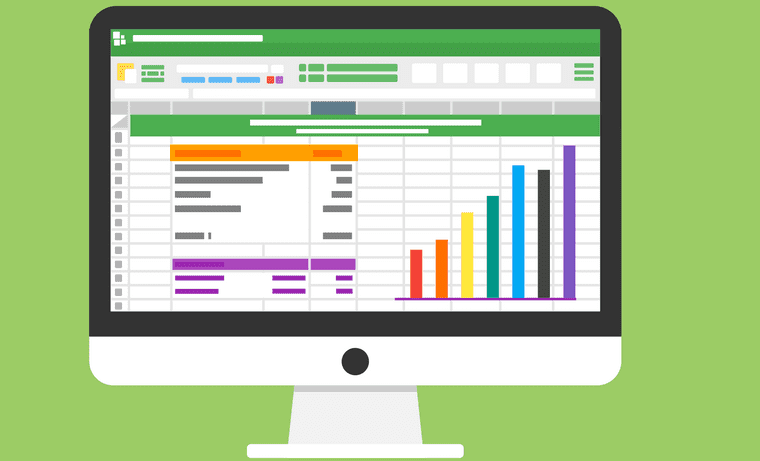The CSV file format is one of the oldest formats which is still in use. In fact, it can pre-dates the personal computer, with the IBM Fortran compiler supporting the format all the way back to 1972.
There are many newer, more modern file formats but in some situations, CSV is still the best format to use. Let’s look at 4 times you should use CSV files.
What is a CSV File
CSV stands for Comma Separated Values. The CSV file format contains pieces of data separated by commas, for example:
Last Name, First Name, Address, City, State
Each line in the file is a separate record that follows the same layout.
These files use a standard text-based format which means they’re readable on virtually any type of computer. And that leads us to the first reason you should use them.

1. Cross-Platform Compatibility
One of the biggest advantages of CSV files is that they’re simple text files. Any computer can read them, whether it’s running Windows, macOS, Linux, or any other operating system. You could take a CSV file created on a modern PC and open it on a 40-year-old computer with no problem.
The same applies to cross-application compatibility. Because CSV files are in plain-text format, many different apps can open them. It doesn’t matter if you’re using MS Excel and someone else is using Apple’s Numbers, for example — the same file will open on both.
2. Importing Datafeeds into eCommerce Websites
eCommerce websites that sell a large number of products often use CSV files to import the inventory items into the online store. These files can include product names, descriptions, prices, and various other pieces of information.
Every inventory item has the same pieces of information, each getting its own line in the file.
3. Uploading Customer Information
Similar to eCommerce data feeds, customer lists typically contain a large number of records that each have the same pieces of information. Fields like name, address, phone number, and email address apply to every customer in the file.
Each line in a CSV file is a separate record, making it easy to import into a customer database. The opposite is also true, with tools like a C# write to CSV library letting you export a list of customers to a standard CSV file.
4. Making Changes to a Dataset Using a Text Editor
Since the CSV file format uses plain text, it’s easier to edit than many other formats. For example, if you open a file created with MS Word or Excel in a text editor, you’ll get a bunch of gibberish characters. Opening a CSV file in a text editor lets you see all the contents.
Text editors often have powerful search and replace functions that make it easy to manipulate the information contained in a CSV file.
Don’t Overlook the Value of CSV Files
Since the CSV file format has been around for nearly five decades, it’s often dismissed as an old format. Don’t let its age fool you — there are many benefits of using CSV files when working with large amounts of data.
Be sure to browse through the rest of our site for more interesting technology articles.

